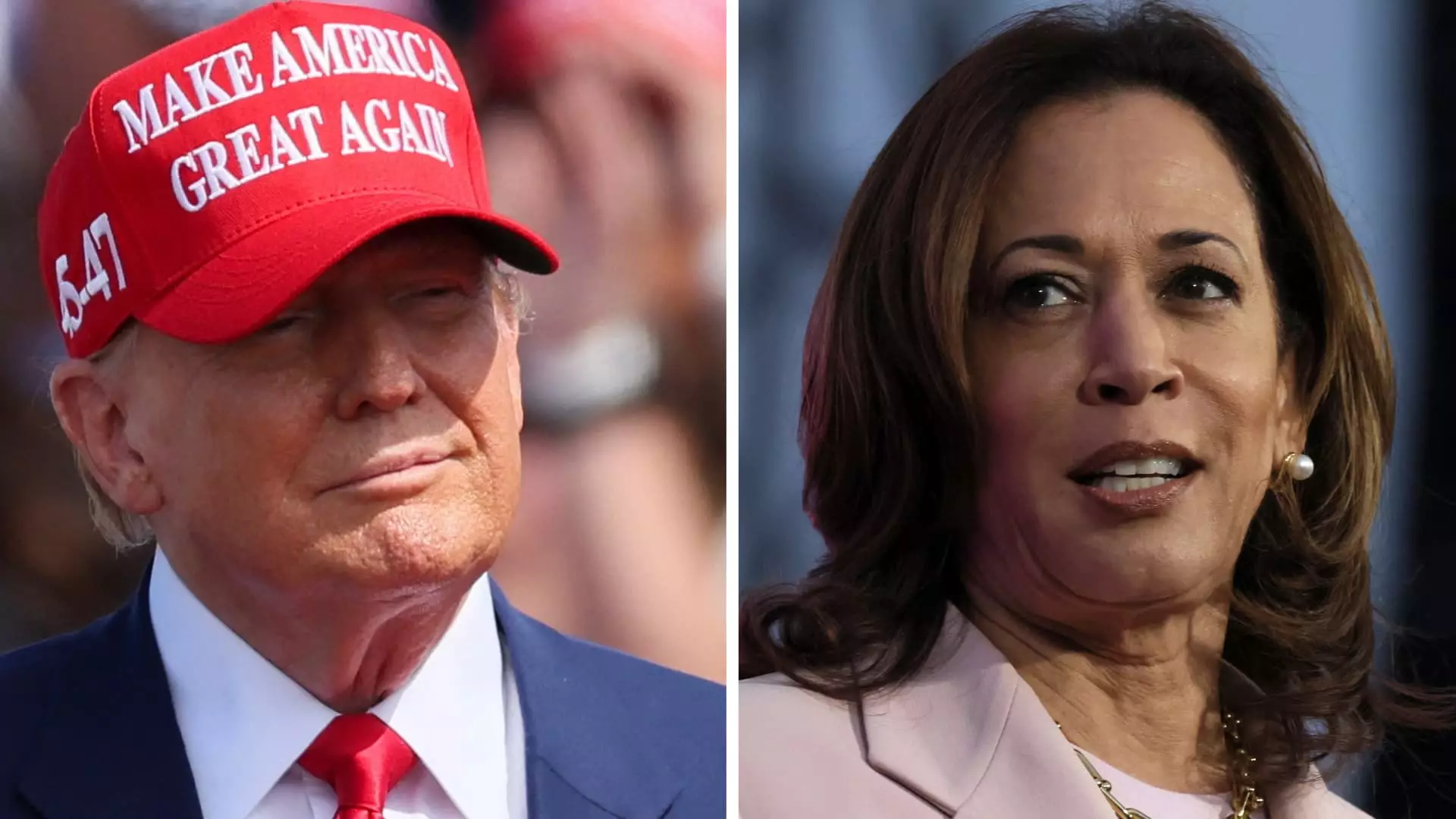The economic proposals put forth by former President Donald Trump and Vice President Kamala Harris have been analyzed in two separate studies by the Penn Wharton Budget Model. The findings reveal a significant contrast in the impact of their respective plans on federal deficits over the next decade. Trump’s proposals are projected to increase deficits by $5.8 trillion, while Harris’ proposals would add $1.2 trillion.
Trump’s plan includes permanently extending the 2017 tax cuts, which would contribute over $4 trillion to deficits in the next 10 years. Additionally, his proposal to eliminate taxes on Social Security benefits comes with a $1.2 trillion price tag, and a pledge to further reduce corporate taxes would add nearly $6 billion. The reliance on tariffs to fund his agenda raises concerns about long-term economic consequences, including the potential for fueling inflation.
Harris’ plan focuses on expanding tax credits such as the Child Tax Credit and the Earned Income Tax Credit, which would result in deficits rising by $2.1 trillion. Her proposal to create a $25,000 subsidy for first-time homebuyers would add $140 billion over a decade. However, the report suggests that raising the corporate tax rate to 28% could offset some of the costs by $1.1 trillion. Harris also aligns with President Joe Biden’s budget proposal for 2025, which includes $5 trillion worth of revenue raisers.
Trump’s strategy of implementing tariffs on imports, particularly from China, aims to generate revenue without requiring congressional approval. However, economists caution that such a hardline tariff policy could lead to increased inflation and economic instability. While Trump argues that the long-term benefits of his trade policies will outweigh short-term costs, experts like Moody’s Chief Economist Mark Zandi estimate lower revenue generation from tariffs.
The economic proposals of Trump and Harris have become central talking points in their respective campaigns. Both sides are attempting to frame the opponent as an economic threat, highlighting the potential dangers of the other’s plan. The Harris campaign criticizes Trump’s economic agenda as detrimental to the middle class, while the Trump campaign defends his record as a successful businessman who has revitalized the economy.
As the Trump and Harris campaigns clash over economic policies, voters are left to navigate contrasting visions for the country’s economic future. The debates over deficit spending, tax policies, and revenue generation underscore the complexity of managing the nation’s finances. Ultimately, the choice between Trump’s tariff-driven approach and Harris’ emphasis on tax credits and corporate tax hikes presents voters with a crucial decision that will shape the economic landscape for years to come.

Leave a Reply